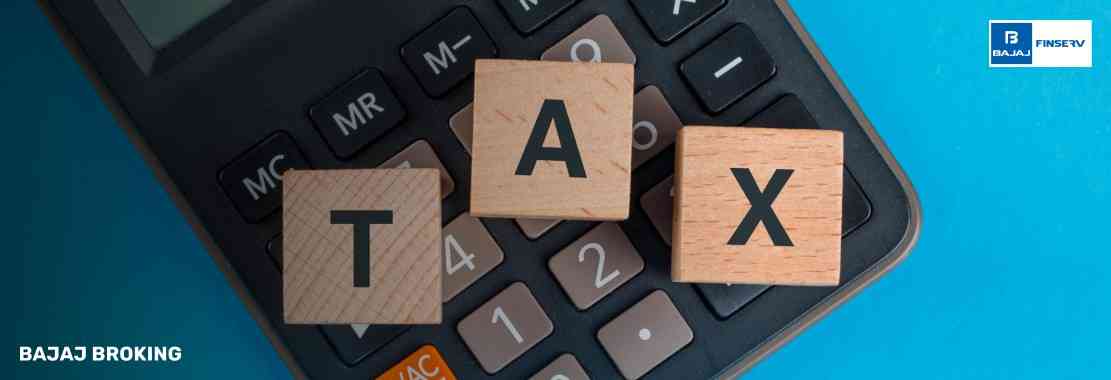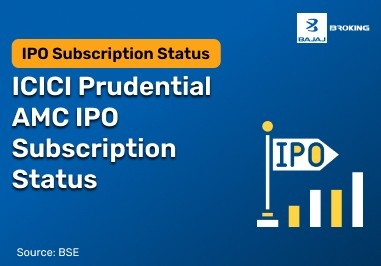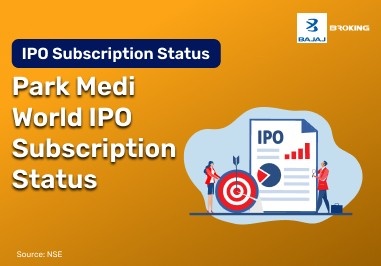Let us be honest—no one enjoys parting with their hard-earned money. But taxes? They are the thread holding everything together. When you pay taxes, you are not just ticking off a legal requirement—you are contributing to the roads you drive on, the hospitals you depend on, and even the pensions your parents receive. Think of it this way: your tax payments help build the India you want to live in. From metro rails to ration subsidies, your income tax return filing keeps the engine running. That is why we pay taxes to the government—it is our share in nation-building.
Major Types of Taxes
Every time you earn, spend, or invest, a portion of your money makes its way to the government. But not all taxes feel the same, right? Some hit your payslip directly. Others sneak into your shopping bills. In India, taxes are broadly classified into direct and indirect types. Knowing this difference can help you plan better—whether it is claiming a tax rebate or simply understanding how much you actually pay through your daily expenses.
Direct tax
Direct taxes are those you pay straight to the government based on your income or profits. If you are salaried, you see it as TDS on your payslip. If you are a freelancer or business owner, you pay advance tax. These taxes are non-transferable—you bear the burden yourself. Income tax and corporate tax fall under this category. When you file your income tax return or claim deductions through investments, you are dealing with direct taxes.
Types of Direct Tax
You probably already pay one or more of these without even realising it. Income tax is the most common direct tax you encounter. Then there is capital gains tax—when you make profits from selling property or investments. If you run a company, corporate tax comes into play. These taxes are applied directly and must be declared in your income tax return filing.
Indirect Tax
Indirect taxes are the ones you do not pay upfront—they are built into the prices of things you buy. Whether it is your morning coffee or your mobile recharge, a small part of that cost is tax. The seller collects it and passes it on to the government. Unlike direct taxes, you do not feel the pinch immediately, but you pay them every day. GST is the most common indirect tax you deal with now.
Types of indirect tax
Under the current system, you mostly pay GST on products and services. But a few other indirect taxes still exist—like customs duty when you import goods and excise duty on specific items like fuel. These taxes are baked into the final prices. So while you are not paying them directly, they still affect your wallet. Every trip to the store includes a contribution to the country’s revenue.
Addtional Read: Direct vs Indirect Taxes
How Does the Government Utilise Our Taxes?
Ever wondered where your tax money actually goes? It is not just absorbed into some black hole. Your contribution funds the entire machinery that keeps India running. From paying police officers and army personnel to constructing flyovers and maintaining highways—your taxes do the heavy lifting. They help subsidise LPG for rural households, finance vaccination programmes, and even fund pension payouts through schemes like the national pension scheme. The tax rebate you claim and the returns you file help ensure transparency in this process. Your taxes support education, sanitation, public health, welfare schemes, disaster relief, and even help small businesses through government initiatives. In essence, every rupee you pay comes back in some form—through services, infrastructure, or social security.
Conclusion
Paying taxes is more than just an annual ritual—it is a shared investment in our collective future. When you contribute through income tax return filing, or claim a tax rebate for your investments, you are doing your part in strengthening the country. Every bridge built, every pension paid, and every emergency service funded has your tax contribution behind it. You are not just a taxpayer. You are a stakeholder in the nation’s progress.














